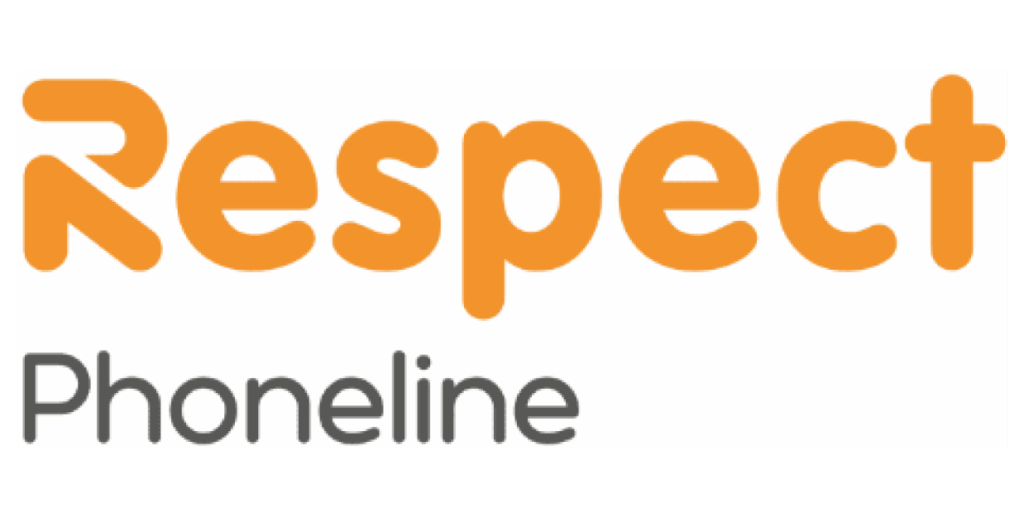Domestic Abuse
Domestic violence and abuse is defined as any incident or pattern of incidents of controlling, coercive or threatening behaviour, violence or abuse between those aged 16 or over who are or have been intimate partners or family members regardless of gender or sexuality. This can encompass, but is not limited to, the following types of abuse: psychological; physical; sexual; financial; emotional.
Anyone can experience or perpetrate violence and abuse. However, Domestic Abuse remains a gendered issue, with the majority of victim and survivors being women, and the majority of perpetrators being men.
The only person to blame for the abusive behaviour is the perpetrator. The only person who can stop the abusive behaviour is the perpetrator. It is therefore never appropriate to suggest ‘couple’s counselling’, because the abuse is not a ‘relationship’ problem. It is the perpetrator’s abusive behaviour that is the problem.
Lambeth Children’s Services Domestic Abuse policy launched in June 2022 aligns with the Violence Against Women and Girls (VAWG) Strategy, the Employee Domestic Abuse Policy and the Housing Domestic Abuse Policy with a Practice Toolkit developed specifically to assist practitioners, with a variety of resources to support families and with links to training.
Possible indicators of domestic abuse
A perpetrator of abuse doesn’t ‘look’ a certain way. Anyone, of any wealth, from any background, could be a perpetrator of domestic abuse. There is not one particular way that a perpetrator behaves so that you are be able to ‘spot’ their abusive behaviour, but there are certain indicators that should encourage you to have a discussion with the victim of the abuse, in a safe environment, separately from the suspected perpetrator.
A perpetrator of abuse will use a variety of techniques and behaviours in order to control their partner or family member. The perpetrator is completely in control of their actions and makes a choice to be abusive. The perpetrator may use excuses to avoid taking responsibility for their actions, such as ‘it’s only when I drink’ or ‘she winds me up’. The victim may also use these excuses to justify their partner’s or family member’s behaviour.
Here are some possible indicators that abuse may be occurring.
Please note, this is not an exhaustive list and where you have a gut instinct that abuse is taking place, don’t ignore it:
- Are there injuries?
- Is the suspected perpetrator jealous and possessive?
- Do they humiliate or insult their partner/family member in front of you/others?
- Do they cut their partner/family member off from family and friends and try to isolate them? Do they prevent them from attending your appointments?
- Are they charming one minute and abusive the next? Do they have sudden changes of mood, like Dr Jekyll and Mr Hyde?
- Do they control their partner’s/family member’s life, e.g. their money, who they see, what they should wear?
- Do they allow their partner/family member to speak at your appointments?
- Are you ever allowed to speak to the partner/family member on their own?
- Do they monitor their partner’s/family member’s movements?
- Does the suspected perpetrator consistently call/text whilst your appointment is taking place?
- Do they constantly criticise their partner/family member?
- Do they blame their partner/family member for the abuse?
- Do they verbally abuse their partner/family member?
- Do they use anger and intimidation to frighten their partner/family member and make them comply with demands?
- Do they tell their partner/family member they are useless and couldn’t cope without the suspected perpetrator?
- Has the suspected perpetrator threatened to hurt their partner/family member or people close to them if they leave?
- Does the partner/family member change their behaviour to avoid making the suspected perpetrator angry?
- Do they force or coerce their partner/family member to have sex?
Lambeth's Multi-Agency Risk Assessment Conference (MARAC)
The Lambeth domestic abuse Multi-Agency Risk Assessment Conference (MARAC) is a meeting where professionals share information on high-risk cases of domestic abuse and put in place a risk management plan. The aim of MARAC meetings is to address the safety of the victim/survivor, children and agency staff, and to review and coordinate service provision in high-risk domestic abuse cases.
MARAC is now using OASIS MARAC to process MARAC referrals and information sharing. We are only accepting MARAC referrals via this online form.
Any professional working with a victim/survivor or their family can refer to the MARAC using the online referral form via their agency’s MARAC representative. Professionals working with perpetrators of domestic abuse can also make a MARAC referral for the victim/survivor. However, the perpetrator should not be informed of the referral.
MARAC referrals can be made at any time, however, as MARACs are two-weekly, there will be a wait between referral and the case being heard at the MARAC. All risk management and safeguarding work should therefore be done immediately, alongside the MARAC referral, and should not wait until the MARAC meeting.
If you require any information about the MARAC, want to know who your agency’s representative is, please contact the Lambeth MARAC Coordinator on [email protected].

MARAC Online Referral Form
Support and Resources
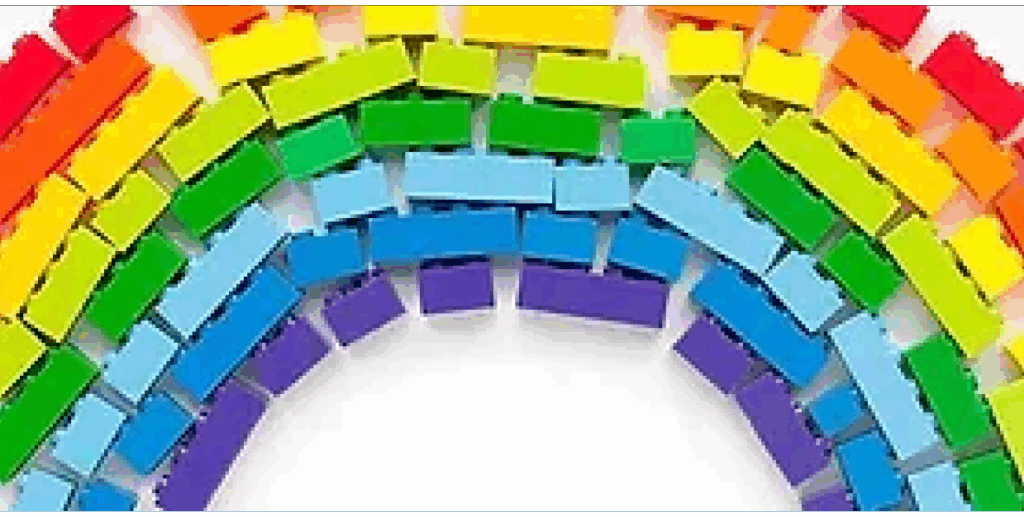
Continuum of Help and Support
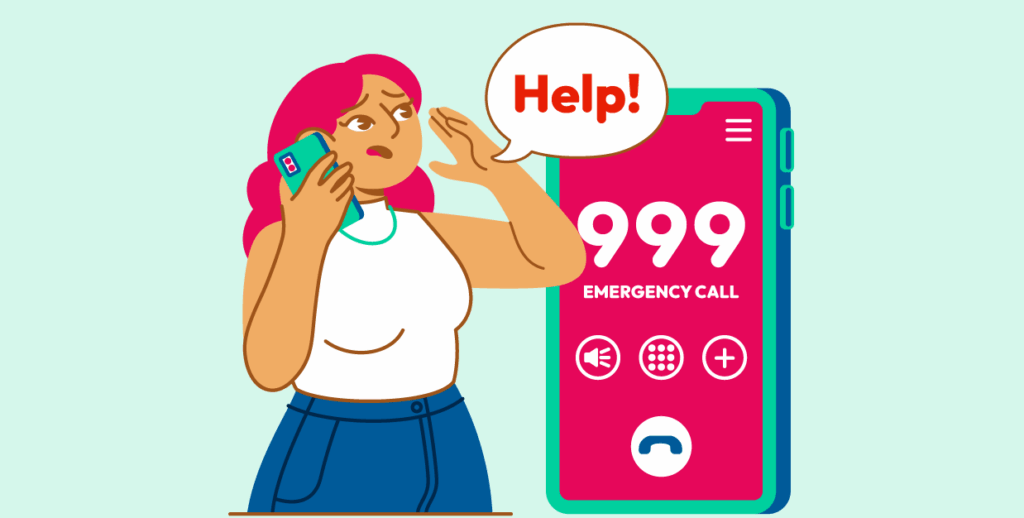
In an emergency

Violence Against Women & Girls Team

Make a safeguarding referral for support
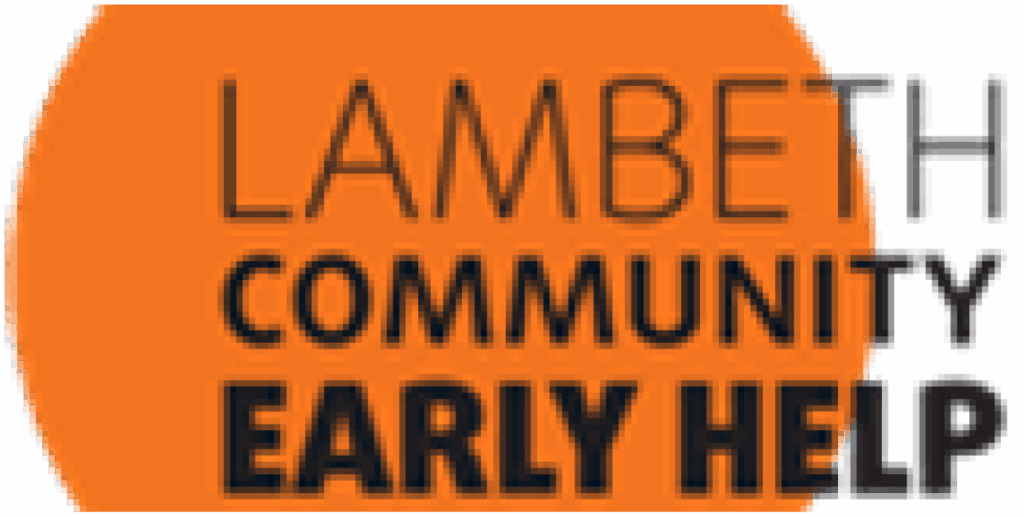
Access Early Help in your area
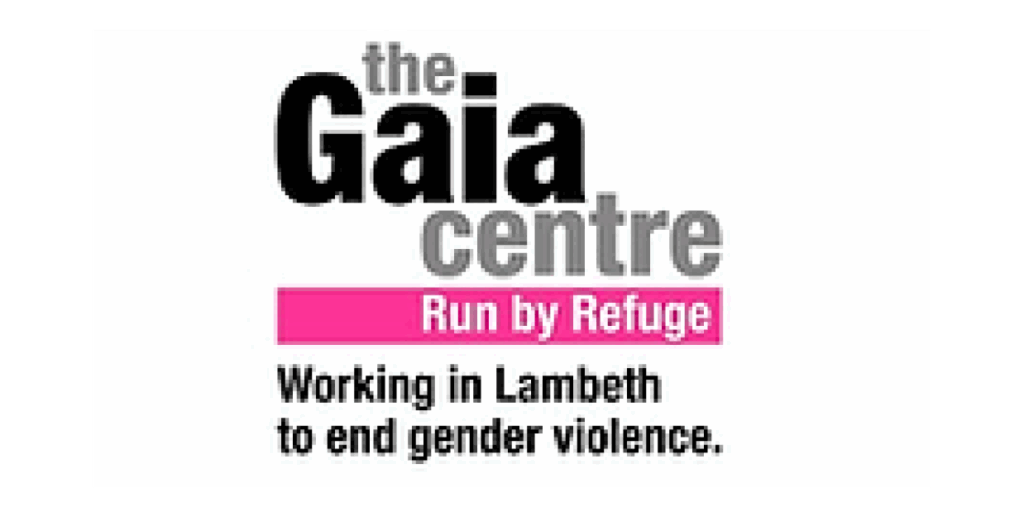
Lambeth's Specialist Service
The Gaia Centre offers a range of services to those experiencing any form of gender-based violence in Lambeth.
Use Referral Form.
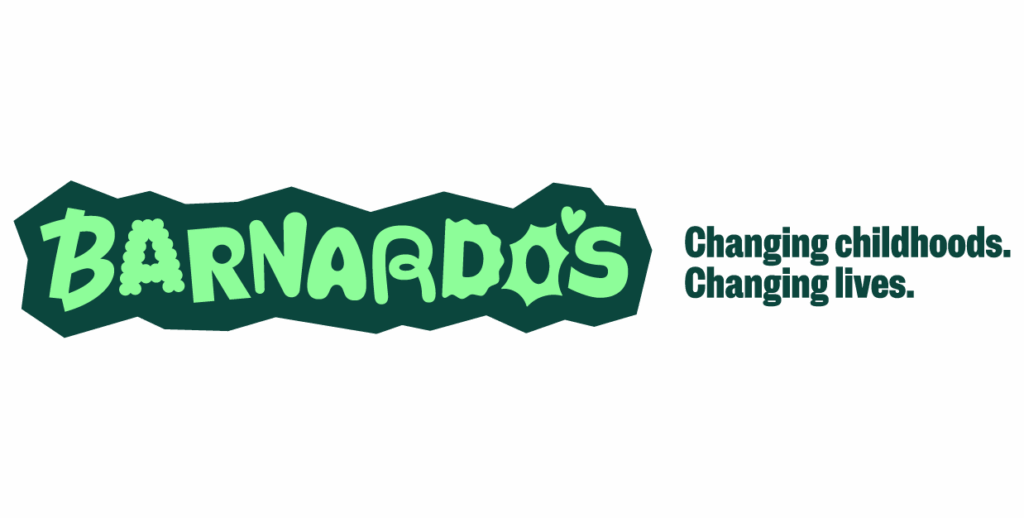
Barnardo's Risk Matrix
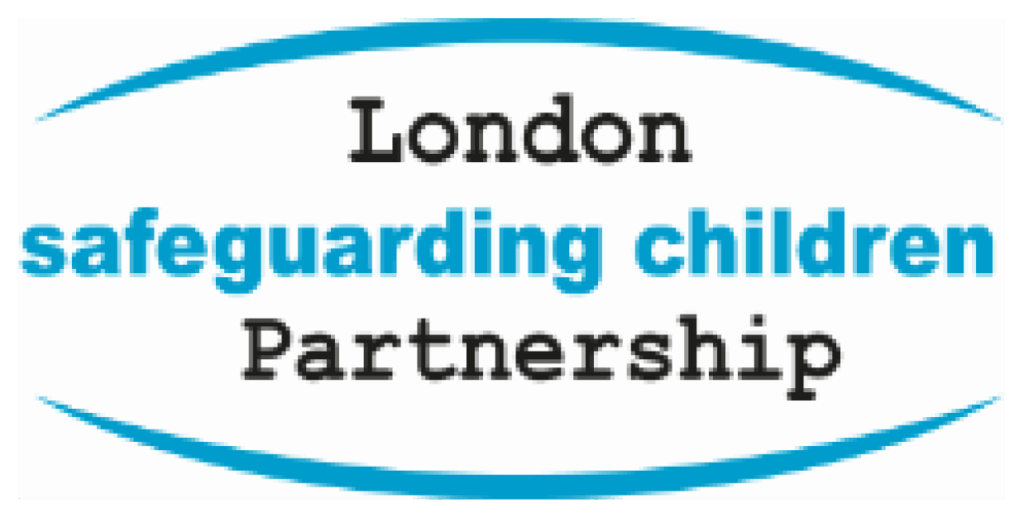
Child Protection Procedures
